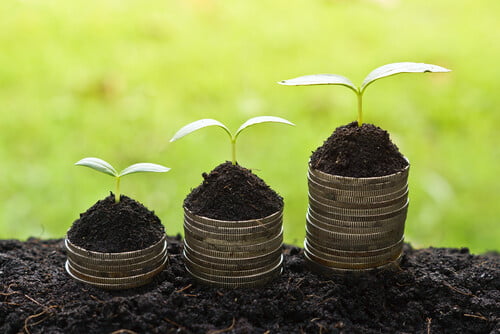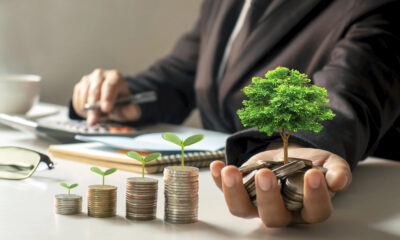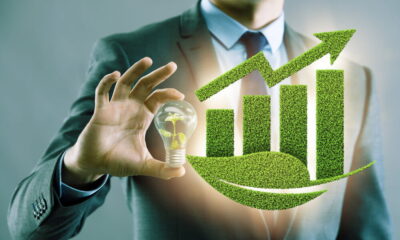A couple of months ago, my friend’s father-in-law and I had a great discussion about the economic benefits of sustainable investments. He is a former mechanical engineer that helped work on green LEED building projects until the day he retired. He stated that there are tremendous financial dividends for companies that commit to these improvements. Unfortunately, many organizations don’t have the resources to invest in them, especially as renewable energy financing options can be limited.
This means that they must turn to outside financing. The bad news is that many traditional lenders are reluctant to provide financing to businesses, due to challenges they faced after the recession. This means that they must look towards less mainstream financing options.
Does investing in sustainable projects make sense?
Seeking financing for a LEED fixture or other sustainable project is going to be a lot of work. Before you commit to making this decision, you are going to need to decide whether it is worth the hassle. Of course, it is even more important to make sure that you get a reasonable return on your investment.
So, will you be able to recoup your investment? They answer is that the ROI of green building projects is usually very high. Here are some factors to take into consideration:
- The capital utilization rate for LEED and other sustainable projects is usually around 6%.
- On average, green buildings utilize 30% to 50% less water and 30% less energy.
- Due to the high savings, the average green building commands a 30% premium.
- An estimated 53% of customers prefer making purchases from companies that have a commitment to sustainability.
Of course, there are a number of factors that you need to assess on your own, because you can’t rely on general industry figures. You will need to consider the average energy costs in your area, as well as your target customers’ preferences for sustainability. Some people are more concerned about sustainability than others, so you’ll need to keep that in mind while deciding whether to invest in any sustainable improvements to your property.
However, the vast majority of companies will realize significant benefits from green investments. They should look for financing to make them a reality.
What are your options if traditional lenders won’t give you capital for a green building project?
There are a number of different options that you can consider if you want to invest in a LEED project or renewable energy project. Here are some of the most dependable financing options available to you.
Look for nontraditional lenders that offer collateralized loans
Banks have become stricter with their landing criteria. They can afford to be strict, because they have so many prospective borrowers.
You may have an easier time getting capitol from a smaller lender. This is especially true if you are working with a lender that offer is collateralized asset finance. These loans are provided for the purpose of purchasing a specific type of equipment, building project or other capital investment. They are often collateralized, which reduces the risk of the lender. Therefore, they will be more likely to issue you a loan.
Look at potential tax credits
That EPA has a list of national green building funding opportunities that you can take a look at it. These include:
- The Department of Energy Efficiency and Renewable Energy financial opportunities
- Enterprise green communities
- Federal government tax credits for energy efficiency
- The Funders’ Network for Smart Growth and Livable Communities
- The Tax Incentive Assistance Project (TIAP)
The tax credits that you receive can be incredibly valuable, but you should make sure that you apply them strategically. If one of the programs provides a credit, make sure that you meet all of the eligibility criteria before applying. If you don’t meet this criteria, it is best to wait until you do, so that you can get the most from your investment.
Some of the tax incentives are deductions. If you are operating as a sole proprietorship or partnership, you will want to time your investment for a year when you have your taxable income, so that you get the most from your deduction. The benefits probably won’t matter much if you are taxed as a corporation, because you’ll be charged a flat tax every year.
In Conclusion: Seek new financing options for your green project
There are a lot of ways to finance a green building project. Make sure that you have these options in mind, because you don’t want to miss the opportunity to pay for a viable project that could save lots of money on energy down the road.


 Environment10 months ago
Environment10 months agoAre Polymer Banknotes: an Eco-Friendly Trend or a Groundswell?

 Environment11 months ago
Environment11 months agoEco-Friendly Home Improvements: Top 7 Upgrades for 2025

 Features9 months ago
Features9 months agoEco-Friendly Cryptocurrencies: Sustainable Investment Choices

 Features10 months ago
Features10 months agoEco-Friendly Crypto Traders Must Find the Right Exchange





























